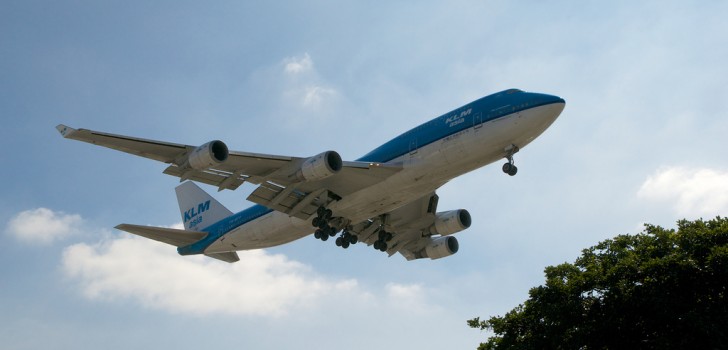The Federal Aviation Administration (FAA) has teamed up with military contractor CACI International to develop and test new technology to track and discourage commercial and personal drone operators from flying into restricted and sensitive airspace such as airports.
FAA deputy administrator Michael Whitaker says it is imperative something is done to control drone flights near airports to prevent “a potentially catastrophic collision between a drone and an airliner”.
He says the FAA is concerned about the the increasing number of drone sightings by commercial pilots. He says his agency receives about 100 reports a month of drone sightings near airplanes and airports.
Aviation experts say the CACI partnership with the FAA is the latest in a series of attempts to keep drones from accessing restricted airspace. Some Congressmen are pushing the FAA to to create mandatory geofences that would prevent drones from being flown where they shouldn’t.
Sen. Chuck Schumer will be introducing legislation to set up virtual fences around sensitive areas where drones would be kept them from entering the “fenced-off” areas by built in software. The experts say although it’s a step in the right direction, Schumer’s plan is not foolproof. The geofencing software in drones can be easily disabled and modified by a savvy user.
The technology being tested in the CACI/FAA partnership goes further than geofencing.
CACI’s president of U.S. Operations says the technology can “passively detect, identify, and track UAS or aerial drones and their ground-based operators.”
Whitaker says the technology will be able to locate operators who are flying drones.
According to Congressman Peter DeFazio, the technology has “been used in military applications. As they explained it to me, they can pinpoint the operator — that’s good. They can do numerous things: They can force the drone to land, they can force it to go back to the operator, or, in the case of hostiles, they deliver something to the operator.”
“You wouldn’t want to necessarily disable them and have them drop out of the sky, but they can also direct them to another place, and if we had designated safe sites around airports or critical airspace and we used this technology, we could direct the drones there and say, ‘Oh, come get your drone, we’ll be waiting,’” says DeFazio.
The FAA has already put a less intrusive strategy into place – an education campaign called “Know Before You Fly” and “No-Drone Zones”, aimed at hobbyists and commercial drone operators.
Stay Connected